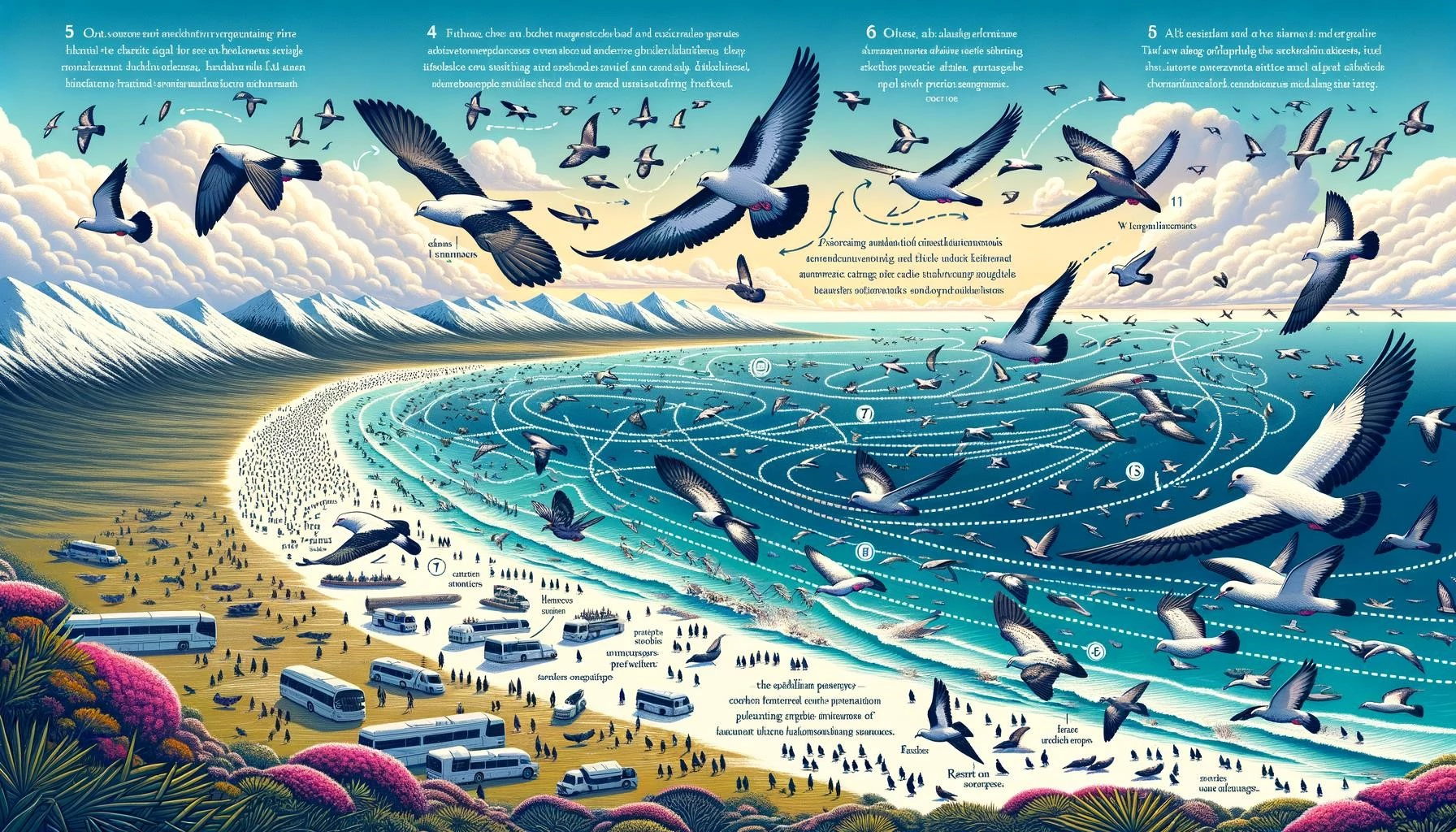Migration is a natural phenomenon observed in many bird species, including pigeons. Pigeon migration refers to the regular seasonal movement of pigeons, often north and south, between their breeding and wintering grounds along specific flyways or migration routes. The complexities of pigeon migration are fascinating, encompassing history, science, and cultural significance. In this article, we will explore the various aspects of pigeon migration, including their routes, patterns, and the challenges they face along the way.
Key Takeaways
- Pigeons are migratory birds that embark on regular seasonal movements between breeding and wintering grounds.
- Pigeon migration routes are specific flyways traveled by pigeons during their migration.
- Pigeons use various navigational cues, including the Earth’s magnetic field, celestial cues, and visual landmarks, to navigate during migration.
- The study of pigeon migration helps scientists understand avian migration patterns and contributes to conservation efforts.
Pigeon Migration Routes
Pigeons are known to follow specific migration routes, or flyways, during their seasonal movements. While pigeons can exhibit local movements or dispersals within their range, they also undertake longer migrations across regions or even continents.
One of the well-known pigeon migration routes is the Atlantic Flyway, which stretches from Florida to Greenland along North America’s Atlantic Coast. Pigeons using this flyway may winter in the Caribbean or South America and utilize coastal areas, salt marshes, and mudflats along the route.
Another major pigeon migration route is the Mississippi Flyway, which covers the Great Lakes region and northeastern Canada. This flyway follows the Mississippi, Missouri, and Ohio Rivers and is favored by waterbirds such as ducks, geese, and shorebirds. Pigeons and other migratory birds take advantage of the forests and riparian habitats along this route.
The Central Flyway runs through the Great Plains and the Prairie Pothole Region, attracting many migratory waterfowl, including pigeons. This flyway passes through Texas, Kansas, Colorado, Wyoming, and Montana, and is known for the spectacular Sandhill Crane migration in the Nebraska Sandhills.
The Pacific Flyway, which runs along the Pacific Coast of North and South America, is also utilized by some pigeon populations. Pigeons following this flyway may migrate as far south as Patagonia and as far north as Alaska.
Pigeon Migration Patterns and Navigational Cues
Pigeon migration follows a distinct pattern influenced by various factors, including seasonal changes, availability of food, and breeding requirements. Pigeons rely on a combination of navigational cues to find their way during migration.
Pigeons have an exceptional ability to sense the Earth’s magnetic fields, which they use as a compass to orient themselves. They also rely on celestial cues, such as the position of the sun and stars, to maintain their direction. Additionally, pigeons use visual landmarks, such as rivers, coastlines, and mountain ranges, as reference points along their migration routes.
Studies have shown that pigeons possess a unique ″map and compass″ navigation system, allowing them to navigate accurately over long distances. They can remember and recognize specific landmarks or ″homing″ sites, helping them return to the same breeding or wintering grounds year after year.
Conservation and Importance of Pigeon Migration
The study of pigeon migration contributes to our understanding of avian migration patterns and provides valuable insights into bird behavior, ecology, and conservation. By tracking pigeon movements and migration routes, scientists can gather essential data to inform conservation efforts and habitat management.
Preserving pigeon migration routes and their stopover sites is crucial for maintaining healthy pigeon populations and ensuring their successful migration. Human activities such as habitat loss, pollution, and climate change can disrupt these routes and negatively impact pigeon populations.
Recognizing the importance of preserving pigeon migration, conservation organizations and researchers work towards safeguarding the habitats and resting sites along their migration routes. This includes maintaining suitable breeding and wintering grounds, protecting stopover sites, and implementing measures to mitigate threats such as light pollution and collisions with human-made structures.
In conclusion, pigeon migration routes are specific flyways traveled by pigeons during their seasonal movements. Pigeons rely on a combination of navigational cues, including the Earth’s magnetic field, celestial cues, and visual landmarks, to find their way. Understanding pigeon migration patterns and protecting their migratory routes is crucial for conservation efforts and the preservation of these remarkable journeys.









